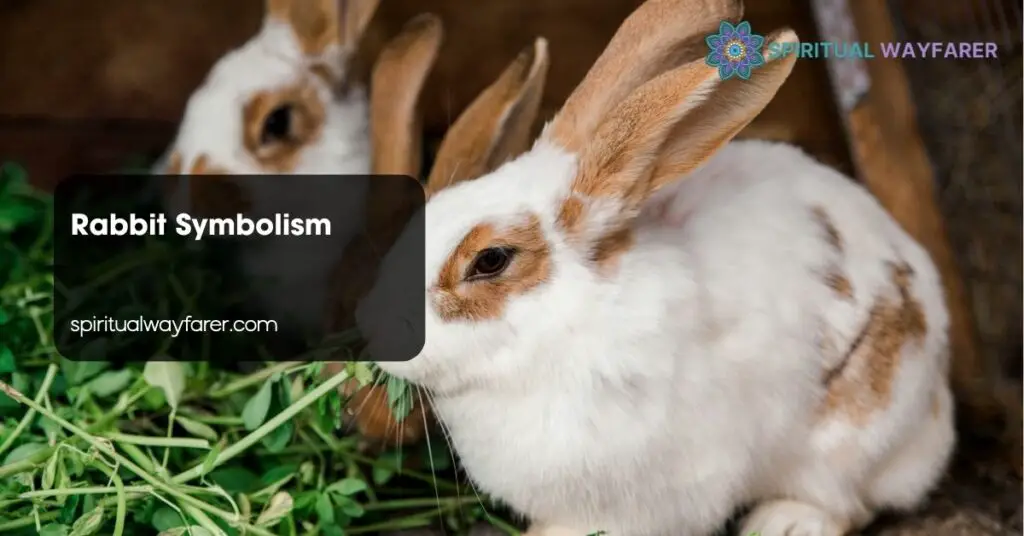Rabbits have long captivated our imaginations with their gentle presence and mysterious behaviors. We often see them as symbols of fertility, luck, and intuition, but there’s so much more beneath their soft exterior. Understanding rabbit symbolism can unlock deeper meanings in our lives and cultures.
From folklore to modern-day interpretations, rabbits embody a variety of traits that resonate with us on different levels. Whether you’re drawn to their playful nature or their ability to thrive in diverse environments, exploring rabbit symbolism offers valuable insights. Join us as we investigate into the enchanting industry of rabbits and discover the significance they hold across various traditions and beliefs.
Historical Symbolism Of Rabbits
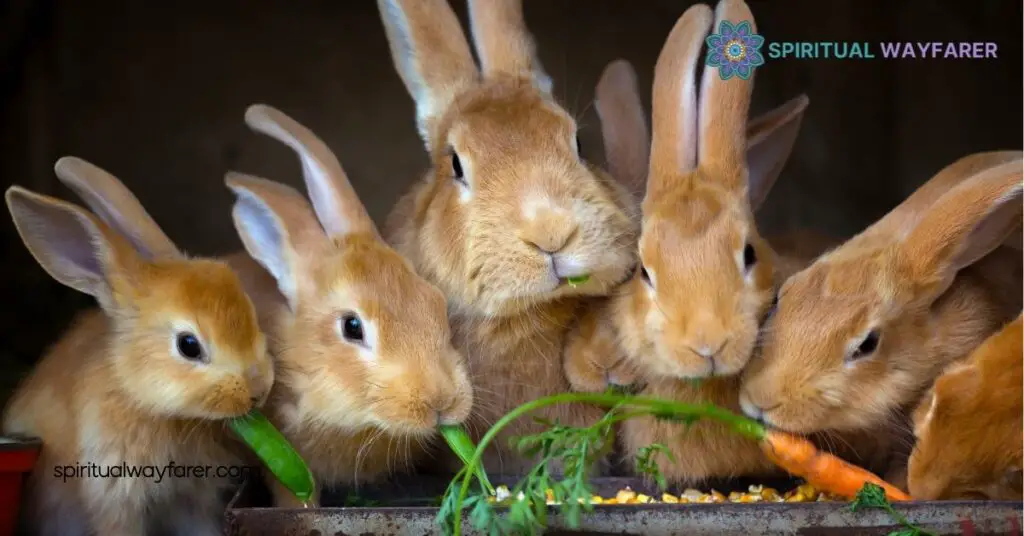
Rabbits have embodied diverse symbols across different cultures and historical periods:
- Ancient Egypt: Represented fertility and the lunar cycle. Their prolific breeding made them symbols of abundance and renewal.
- Chinese Culture: Included as one of the twelve zodiac animals, signifying kindness, compassion, and longevity. The Moon Rabbit is a mythical figure believed to reside on the moon, crafting elixirs of immortality.
- European Folklore: Associated with magic and mystery. Rabbits feature prominently in fairy tales as clever and resourceful creatures. The Easter Bunny, rooted in pagan traditions, symbolizes rebirth and the spring season.
- Native American Traditions: Viewed as tricksters and creators. They appear in various legends, teaching lessons about intelligence and adaptability.
These historical symbolisms highlight the rabbit’s enduring presence and multifaceted roles in human culture and belief systems.
Rabbits In Different Cultures
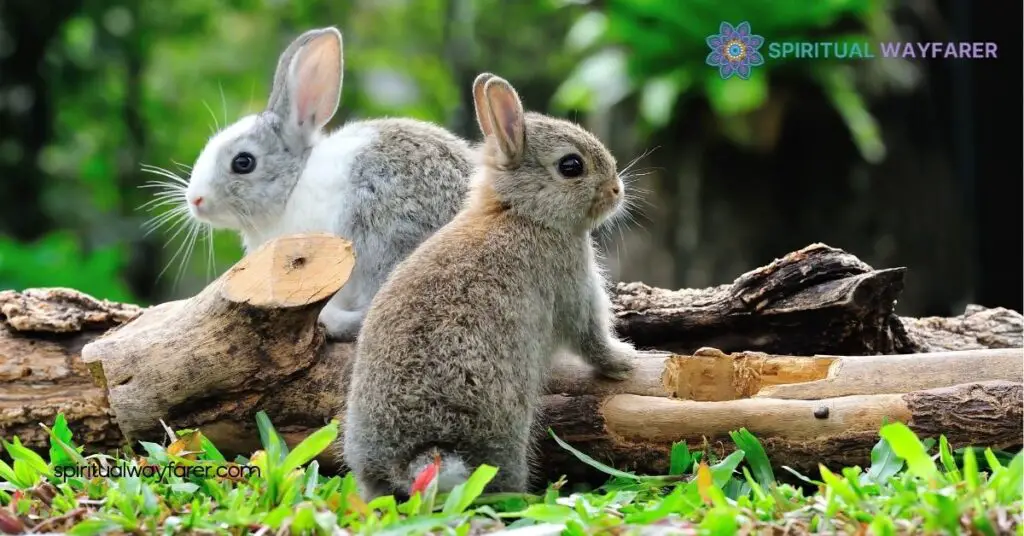
Rabbits hold diverse symbolic meanings across various cultures. Their representations reflect unique beliefs and traditions worldwide.
East Asian Symbolism
- Chinese Culture: Rabbits symbolize longevity, fertility, and good fortune. The Moon Rabbit accompanies the Moon Goddess Chang’e, representing immortality and longevity. During the Mid-Autumn Festival, the moon rabbit features prominently. In the Chinese zodiac, the rabbit is one of the twelve celestial animals, denoting creativity, empathy, and intelligence[^2][^5].
- Japanese Culture: Rabbits reside on the Moon, where they make mochi (rice cakes). This myth interprets the Moon’s dark patches as a rabbit standing on tiptoes, pounding an usu (Japanese mortar)[^2].
- Korean Culture: Similar to Japanese folklore, rabbits live on the Moon, crafting tteok (Korean rice cakes).
Western Symbolism
- European Folklore: Rabbits are seen as magical and clever creatures. The Easter Bunny symbolizes rebirth and new beginnings, especially during the spring season.
- Ancient Egypt: Rabbits represent fertility and the lunar cycle. They are associated with the goddess Isis, emphasizing their role in creation and growth.
- Native American Traditions: Rabbits act as tricksters and creators. They teach lessons about intelligence and adaptability, highlighting their role in storytelling and cultural teachings.
[^2]: Source Reference
Symbolic Meanings Of Rabbits
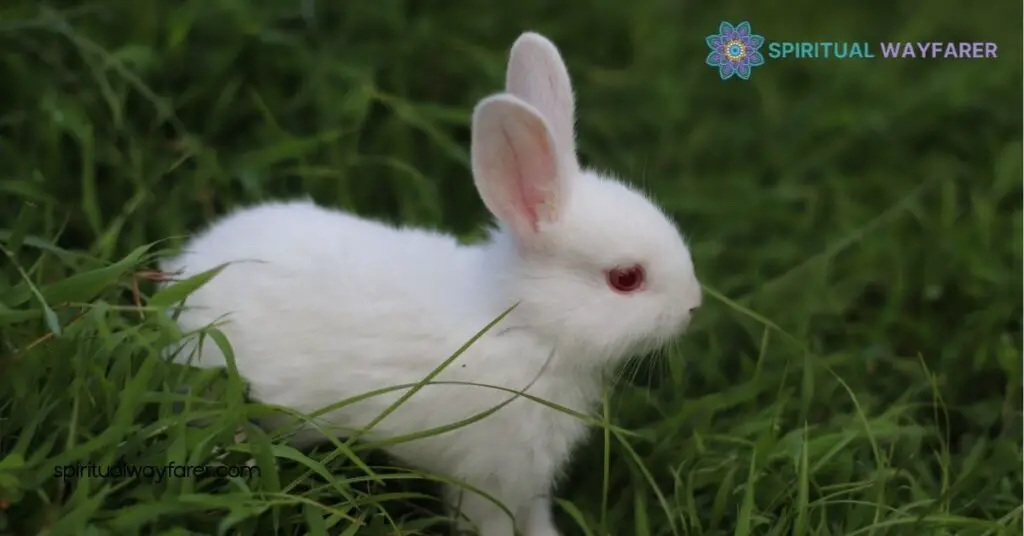
Rabbits embody various symbolic meanings across different cultures, reflecting their diverse roles in folklore and tradition. We explore their significance in fertility, abundance, luck, and fortune.
Fertility And Abundance
Rabbits symbolize fertility and abundance due to their high reproductive rates. In Classical Antiquity, they were linked to Aphrodite and other fertility deities, representing vitality and sexual desire[^1][^5]. This connection extends to spring, the season of rebirth, where rabbits embody new beginnings and renewal[^2][^4]. European and Chinese traditions also associate rabbits with fertility goddesses, viewing them as indicators of prosperity and renewal[^4][^5].
Luck And Fortune
Rabbits are regarded as symbols of good luck and fortune in many cultures. Carrying this reputation, they often appear in folklore and rituals aimed at attracting prosperity. The belief in rabbits bringing luck is evident in practices such as lucky rabbit’s feet and various cultural celebrations that honor their auspicious presence.
[^1]: Reference 1
[^2]: Reference 2
[^4]: Reference 4
Rabbit Symbolism In Literature And Art
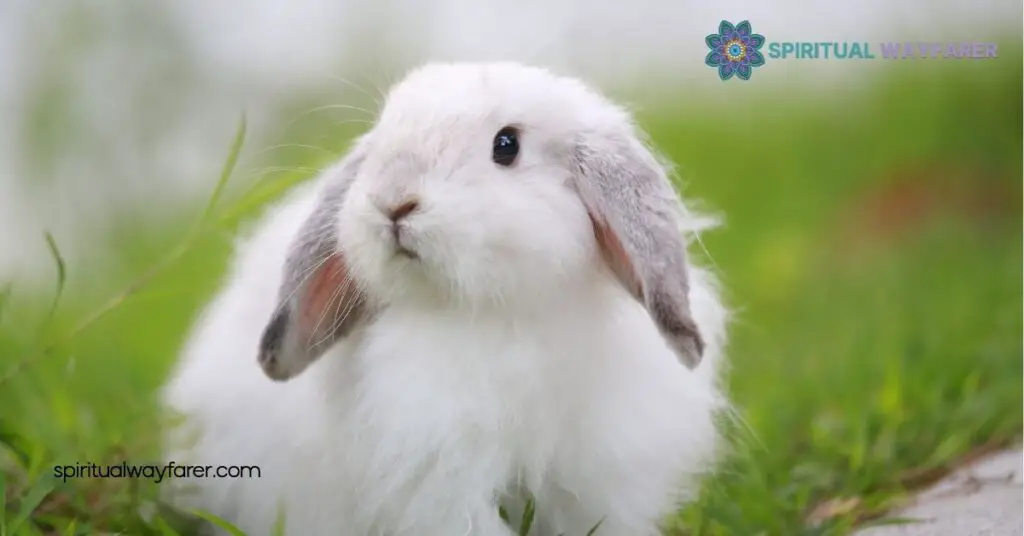
Children’s Literature
Rabbits in children’s literature symbolize innocence and curiosity, reflecting their journey of growing up. Iconic characters include Beatrix Potter’s Peter Rabbit and Lewis Carroll’s White Rabbit from Alice’s Adventures in Wonderland. Peter Rabbit embodies mischief and the consequences of disobedience, while the White Rabbit initiates an adventurous journey into the unknown, filled with wonder and challenges.
Classic Literature
In classic literature, rabbits serve as metaphors for complex philosophical and societal themes. Richard Adams’ Watership Down personifies rabbits to explore survival, leadership, and community dynamics. The novel highlights the intricacies of social structures and showcases the resilience of underrepresented groups within society.
Modern Interpretations Of Rabbit Symbolism
Fertility and Abundance
Rabbits symbolize fertility and abundance due to their rapid reproductive rates. This association signifies growth, prosperity, and renewal across diverse cultures. Celebrations like Easter prominently feature rabbits as symbols of spring and new beginnings. Also, many traditions connect rabbits to fertility deities, reinforcing their role in promoting prosperity and continuous expansion.
Intuition and Awareness
Rabbits embody intuition and awareness through their large ears and acute senses. This symbolism encourages individuals to trust their instincts and remain mindful of their surroundings. Modern interpretations highlight rabbits as reminders to stay attentive to subtle energies and messages, fostering a heightened sense of perception and responsiveness in daily life.
Conclusion
Rabbits continue to captivate our imagination with their rich and varied symbolism. They inspire us to embrace growth and renewal while reminding us to trust our instincts. Their presence across diverse cultures highlights the universal themes of fertility, luck, and intuition that resonate with us all. By reflecting on the deeper meanings rabbits embody, we gain a greater appreciation for their role in shaping our traditions and beliefs. Embracing the symbolism of rabbits encourages us to celebrate prosperity and remain mindful in our daily lives, fostering a stronger connection to the industry around us.
Frequently Asked Questions
What is the primary symbolism of rabbits in different cultures?
Rabbits are widely regarded as symbols of fertility, luck, and intuition across various cultures. Their high reproductive rates make them emblematic of abundance and new beginnings. Additionally, rabbits are often associated with good fortune and prosperity, appearing in folklore and traditions aimed at attracting wealth and success.
How are rabbits portrayed in Ancient Egyptian culture?
In Ancient Egypt, rabbits symbolized fertility and the lunar cycle. They were associated with deities linked to rebirth and regeneration, reflecting the natural cycles of growth and renewal. Their connection to the moon also emphasized themes of mystery and the unknown.
What role do rabbits play in Chinese zodiac and folklore?
In Chinese culture, rabbits are one of the twelve zodiac animals, representing kindness and longevity. The Moon Rabbit is a mythical figure associated with immortality, often depicted in folklore as a companion to the moon goddess, highlighting themes of purity and eternal life.
How are rabbits depicted in European folklore?
European folklore portrays rabbits as magical and clever creatures. The Easter Bunny, a prominent figure, symbolizes rebirth and the arrival of spring. Rabbits in these stories often embody traits like intelligence and adaptability, serving as tricksters or guides.
What is the significance of rabbits in Native American traditions?
In Native American traditions, rabbits are seen as tricksters and creators. They teach important lessons about intelligence, adaptability, and the balance between humor and wisdom. Rabbits often play key roles in storytelling, illustrating moral and cultural values.
How are rabbits represented in children’s literature and classic novels?
In children’s literature, rabbits symbolize innocence and curiosity, with characters like Peter Rabbit and the White Rabbit from “Alice’s Adventures in Wonderland.” In classic novels like “Watership Down,” rabbits are used as metaphors to explore complex themes such as survival, leadership, and community dynamics.
What are the modern symbolic meanings of rabbits?
Today, rabbits continue to symbolize fertility and abundance, especially during celebrations like Easter. They also represent intuition and awareness, encouraging individuals to trust their instincts and stay mindful of their surroundings, fostering personal growth and prosperity.
How do rabbits embody fertility and abundance in various traditions?
Rabbits are linked to fertility deities and represent vitality and sexual desire, particularly during spring. Their high reproductive rates symbolize abundance and growth. Traditions often include rabbits in rituals and folklore aimed at attracting prosperity and new beginnings.
In what ways do rabbits appear in art and cultural celebrations?
Rabbits feature prominently in art and cultural celebrations, symbolizing themes like rebirth and renewal. From traditional paintings and sculptures to modern festivities like Easter, rabbits are used to convey messages of growth, prosperity, and the cyclical nature of life.
Why are lucky rabbit’s feet considered symbols of good fortune?
Lucky rabbit’s feet are believed to bring good luck and protect against misfortune. This belief stems from various cultural traditions where rabbits are seen as symbols of prosperity and success. Carrying a rabbit’s foot is thought to attract positive energy and opportunities.

